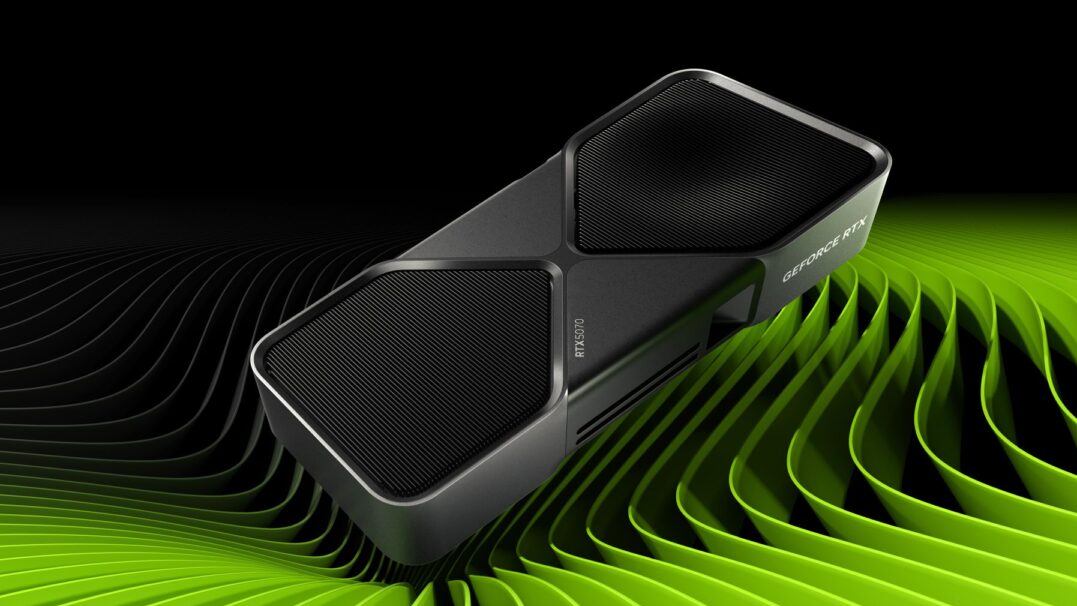Though $1,999 is a lot to ask for a graphics card, if Nvidia can consistently make the RTX 5090 available at $2,000, it could still be an improvement over the pricing of the 4090, which regularly sold for well over $1,599 over the course of its lifetime, due in part to pandemic-fueled GPU shortages, cryptocurrency mining, and the generative AI boom. Companies and other entities buying them as AI accelerators may restrict the availability of the 5090, too, but Nvidia’s highest GPU tier has been well out of the price range of most consumers for a while now.
Despite the higher power budget—as predicted, it’s 125 W higher than the 4090 at 450 W, and Nvidia recommends a 1,000 W power supply or better—the physical size of the 5090 Founders Edition is considerably smaller than the 4090, which was large enough that it had trouble fitting into some computer cases. Thanks to a “high-density PCB” and redesigned cooling system, the 5090 Founders Edition is a dual-slot card that ought to fit into small-form-factor systems much more easily than the 4090. Of course, this won’t stop most third-party 5090 GPUs from being gigantic triple-fan monstrosities, but it is apparently possible to make a reasonably sized version of the card.
Moving on to the 5080, it looks like more of a mild update from last year’s RTX 4080 Super, with a few hundred more CUDA cores, more memory bandwidth (thanks to the use of GDDR7, since the two GPUs share the same 256-bit interface), and a slightly higher power budget of 360 W (compared to 320 W for the 4080 Super).
Having more cores and faster memory, in addition to whatever improvements and optimizations come with the Blackwell architecture, should help the 5080 easily beat the 4080 Super. But it’s an open question as to whether it will be able to beat the 4090, at least before you consider any DLSS-related frame rate increases. The 4090 has 52 percent more GPU cores, a wider memory bus, and 8GB more memory.

